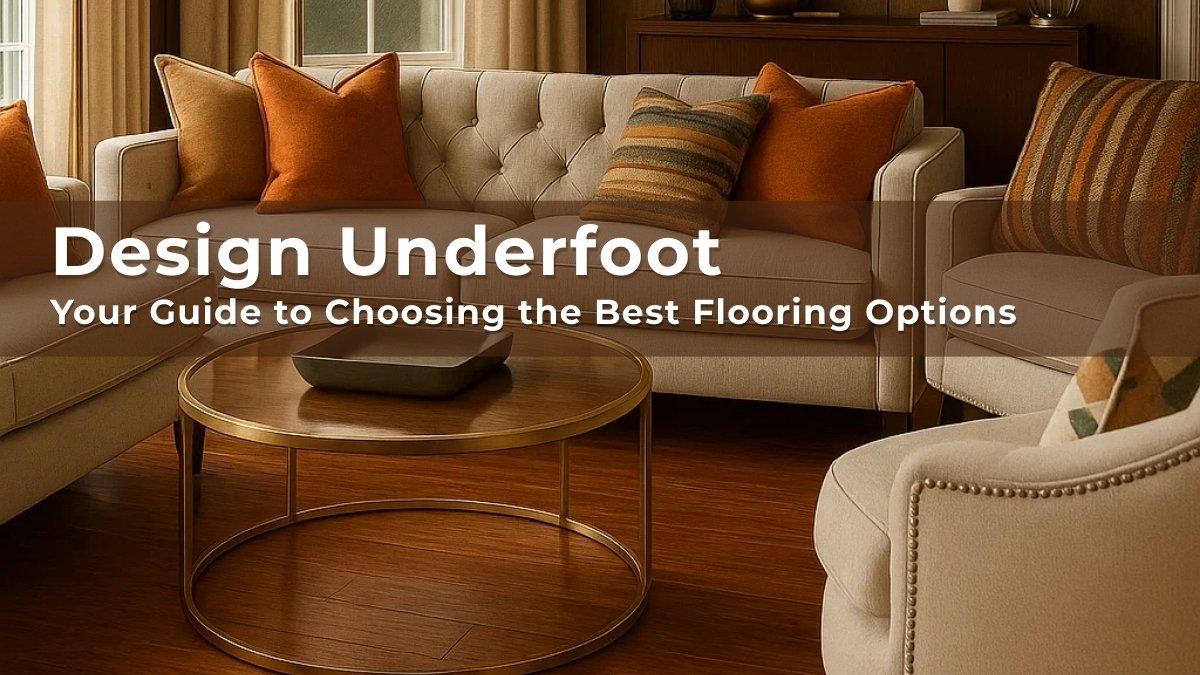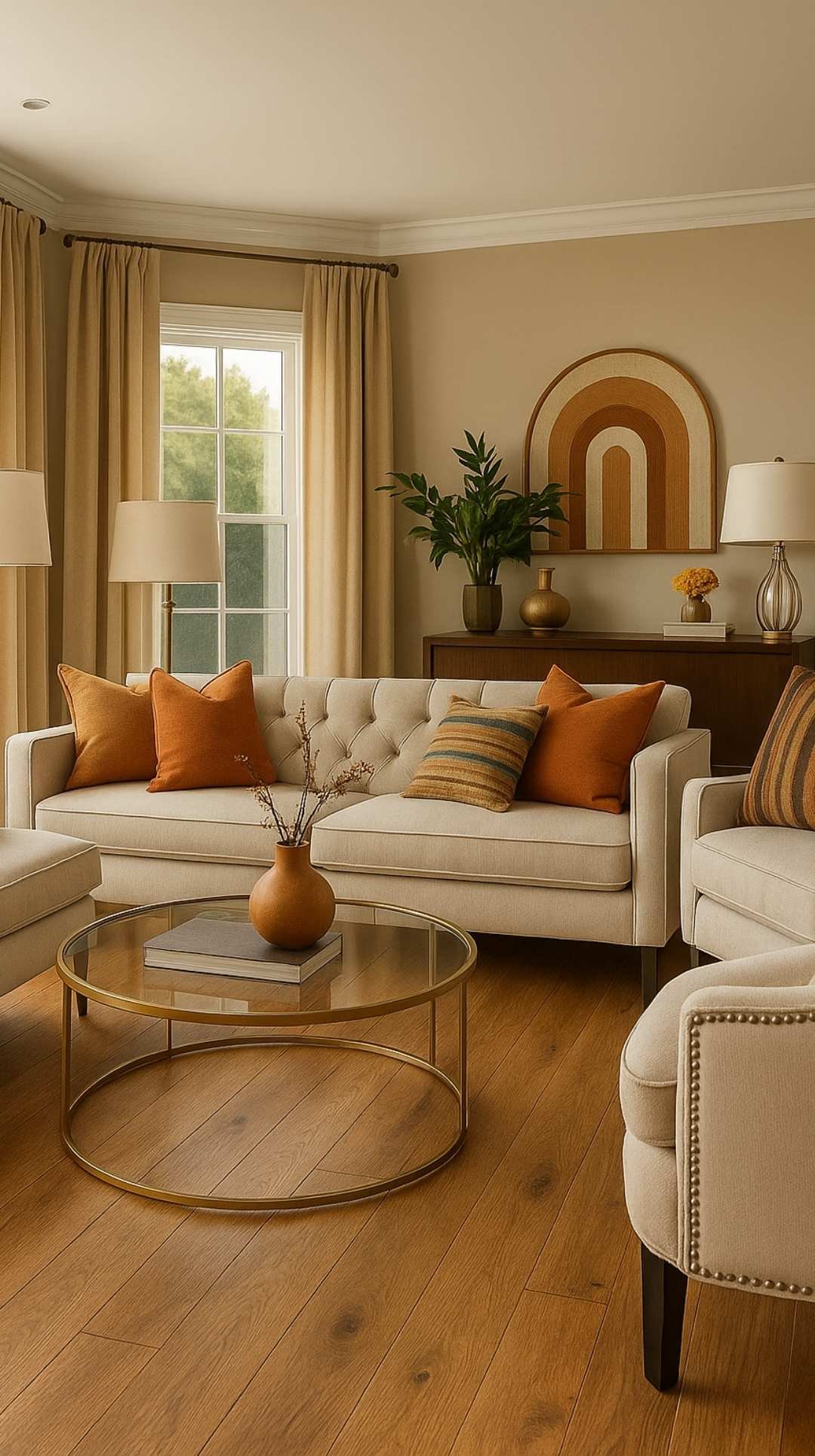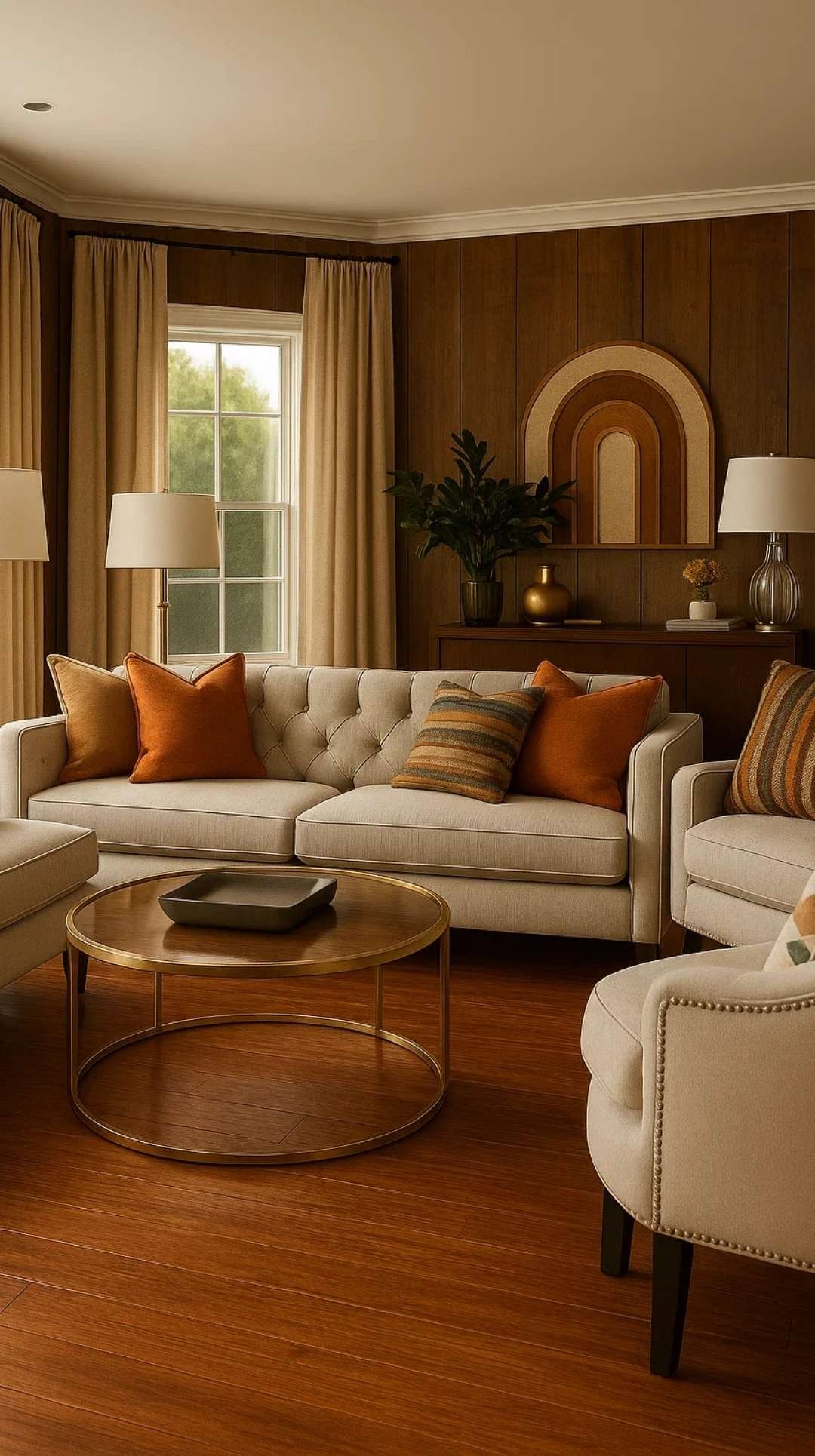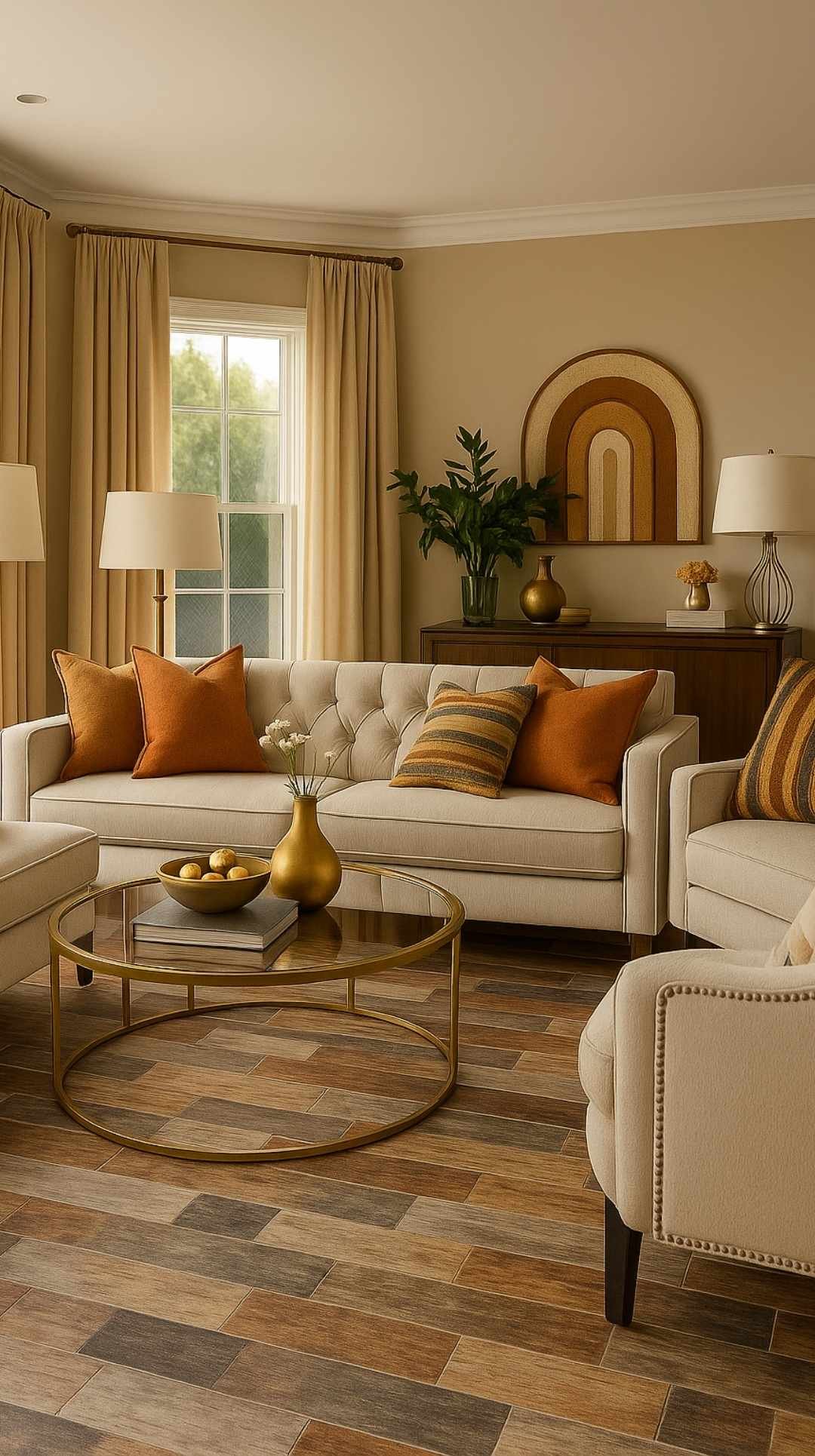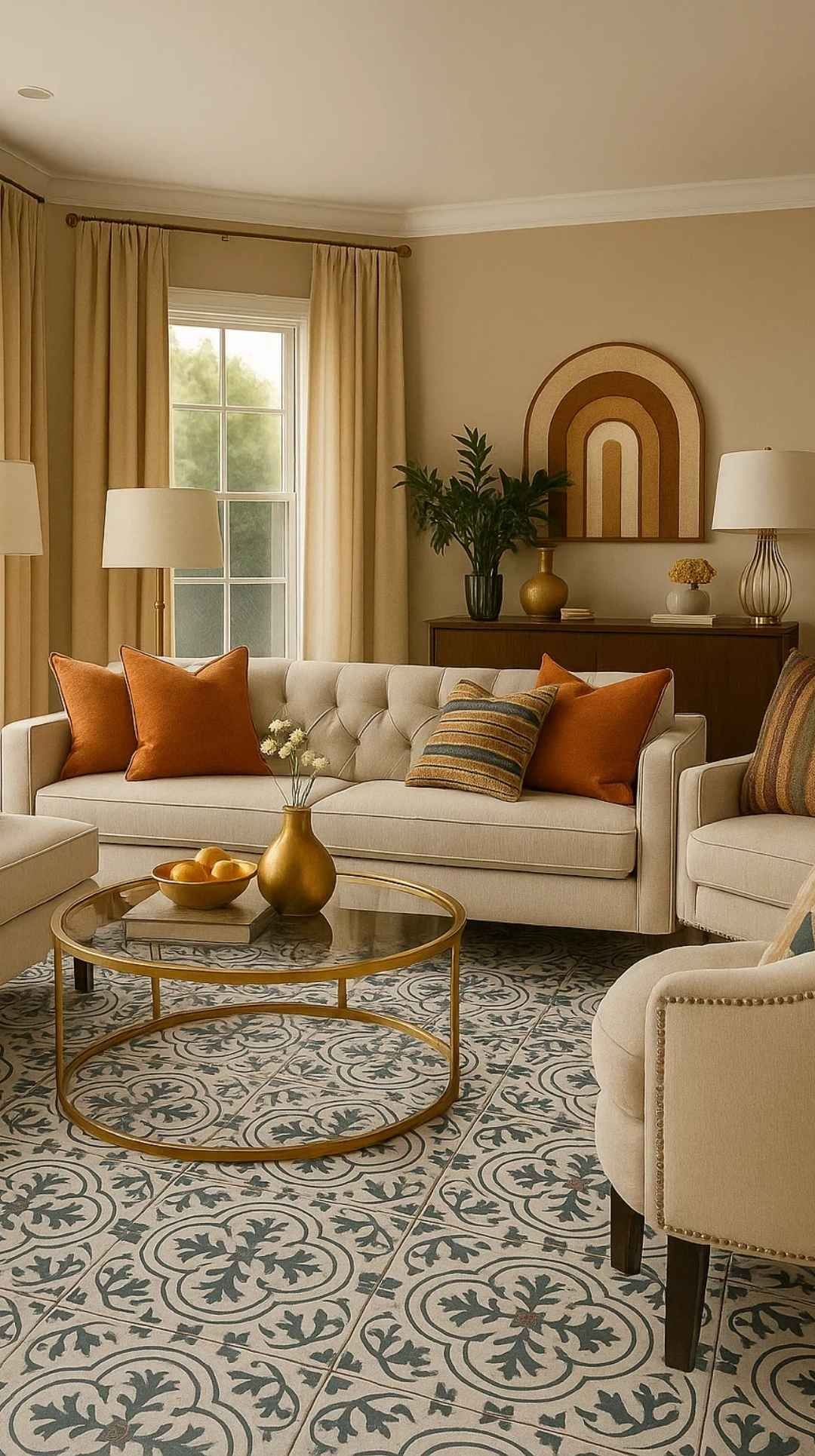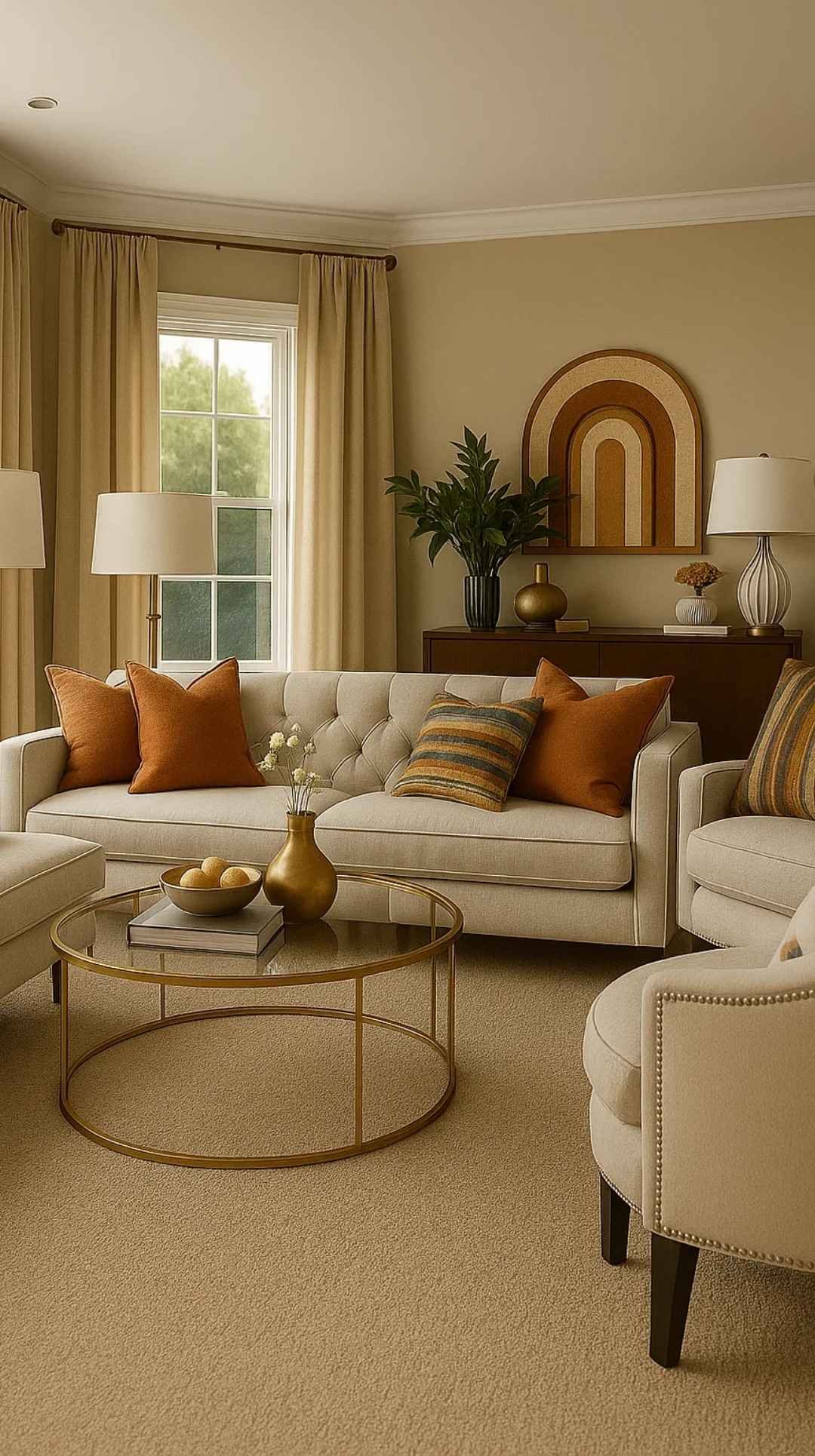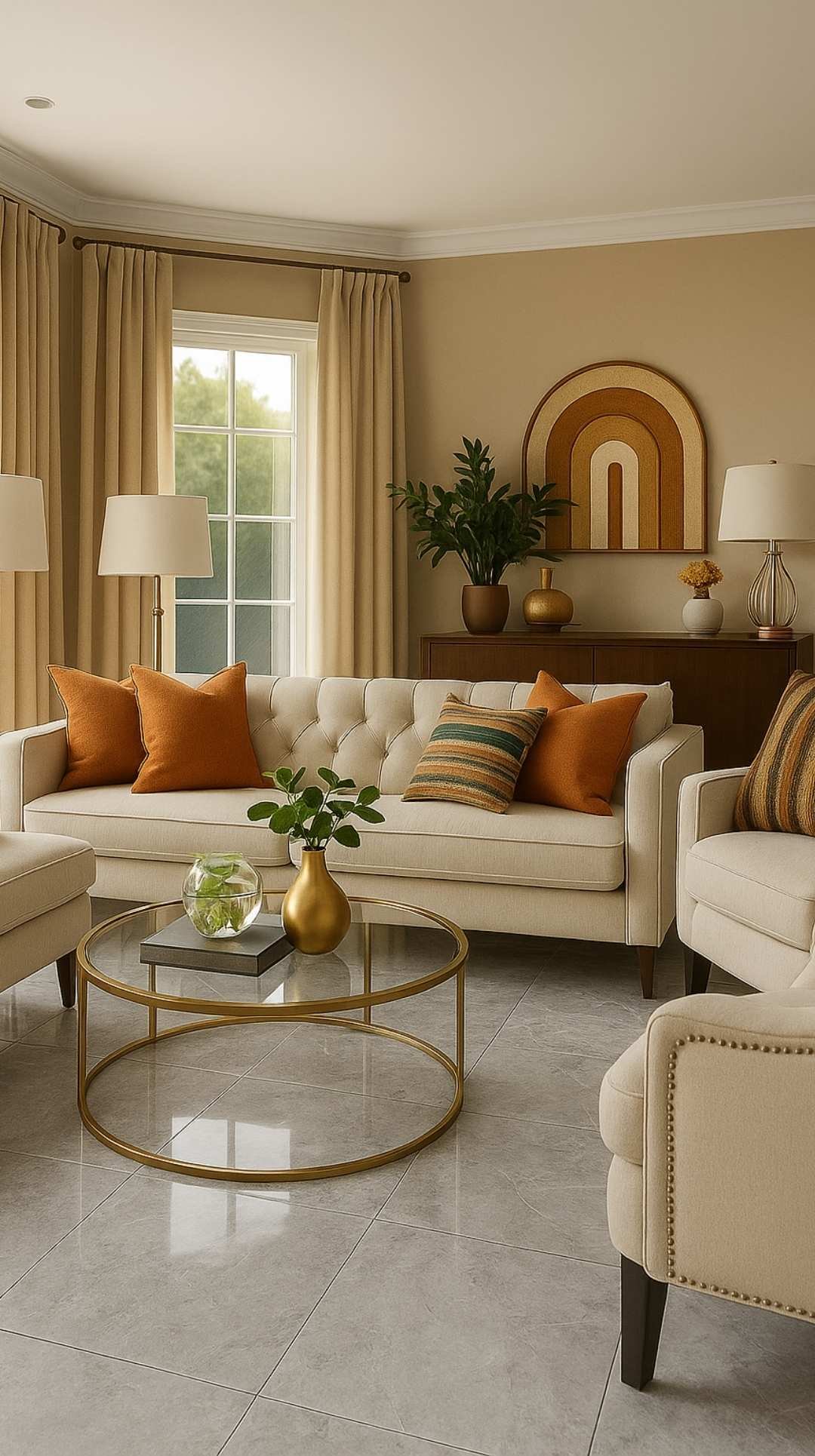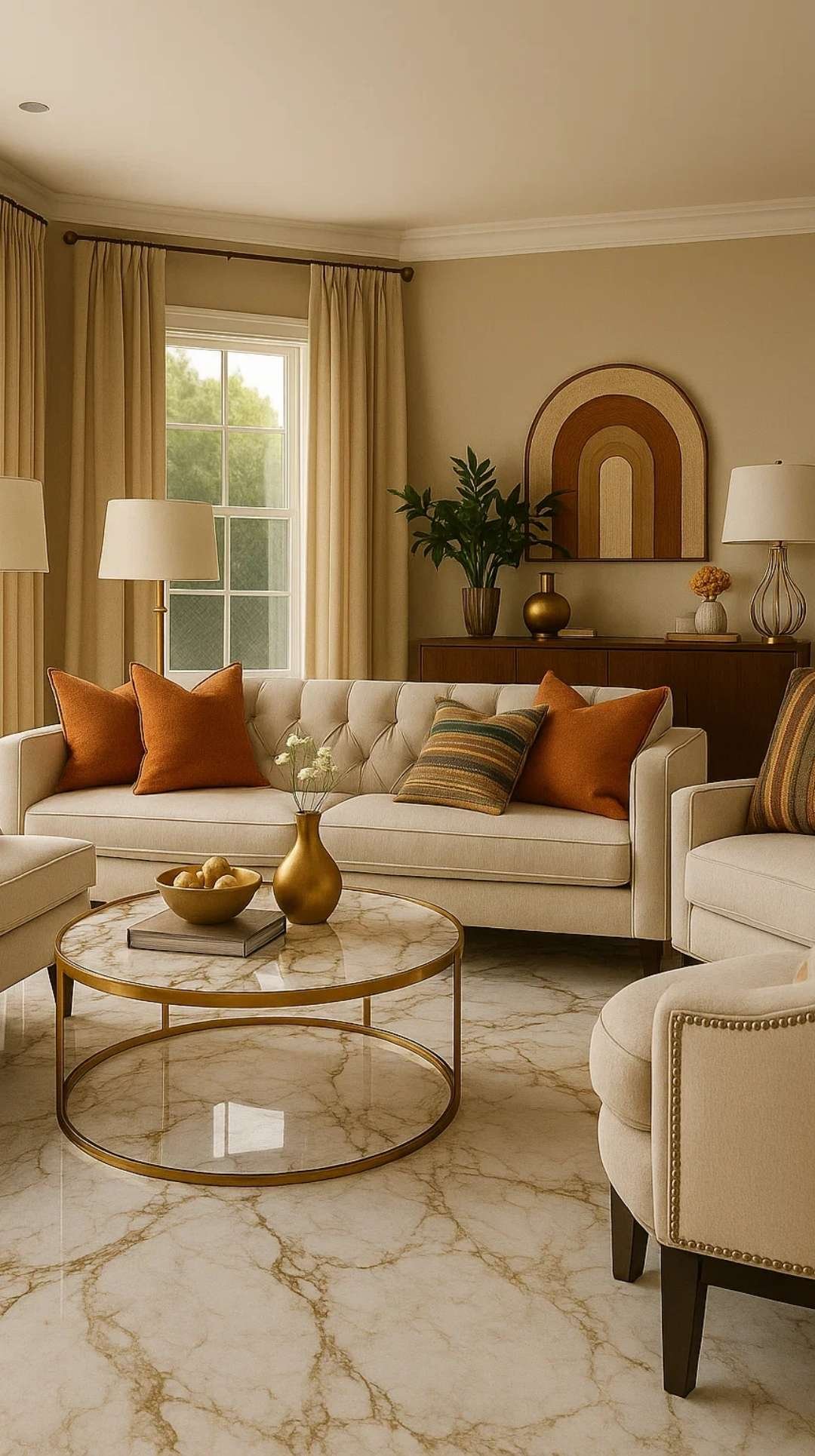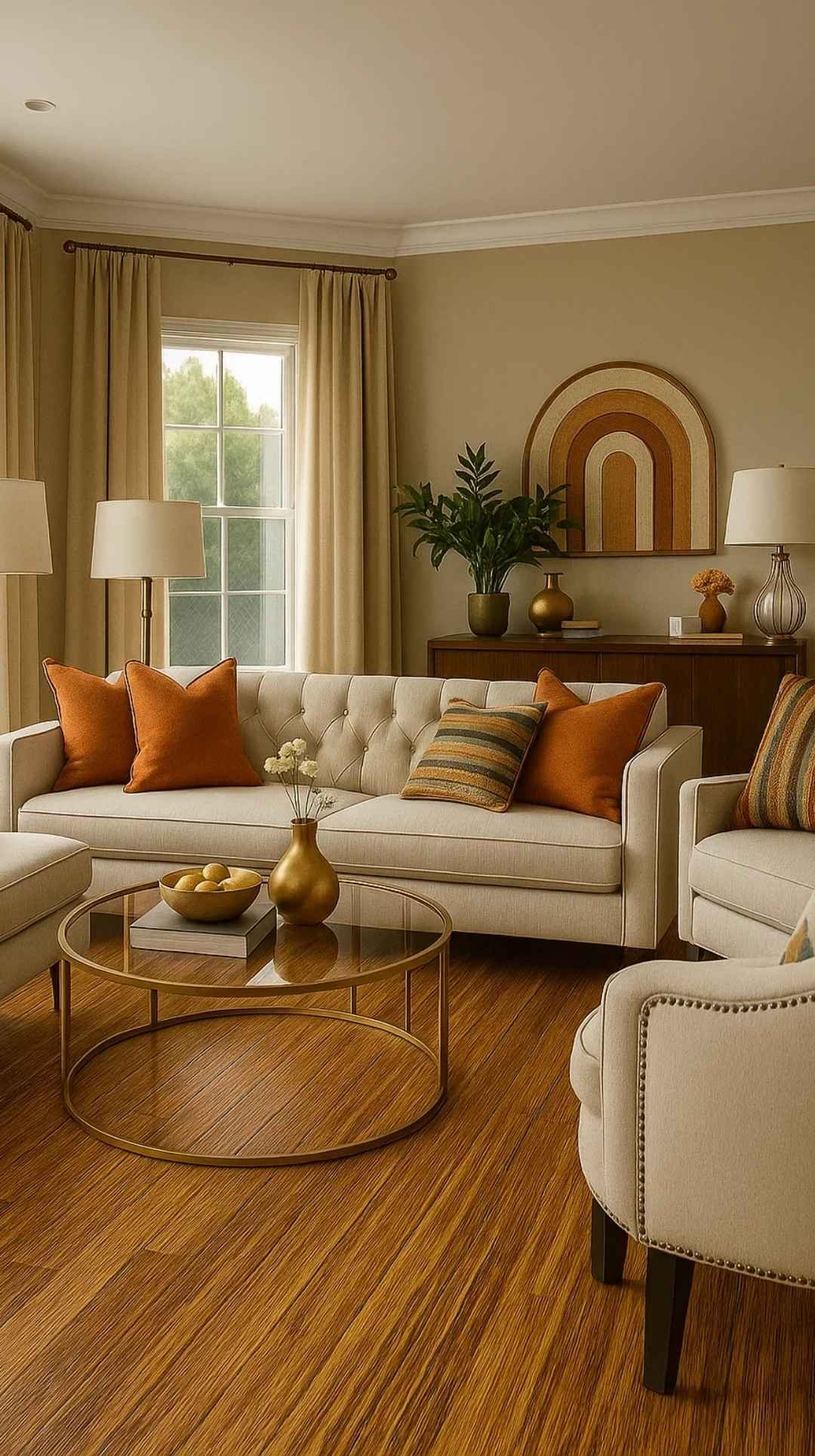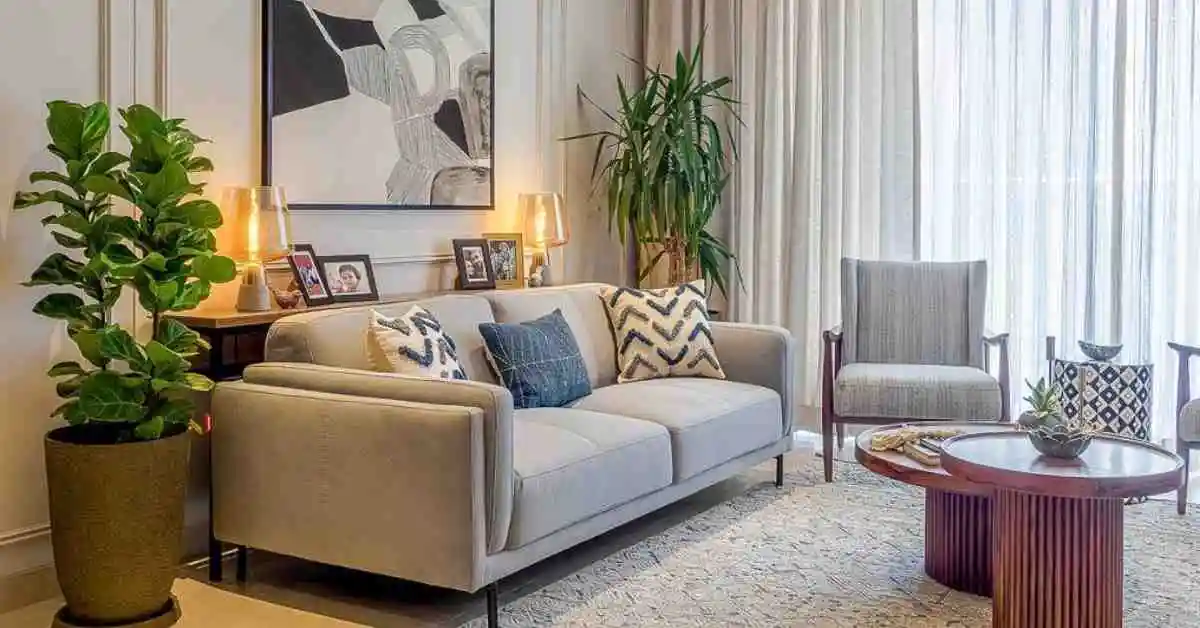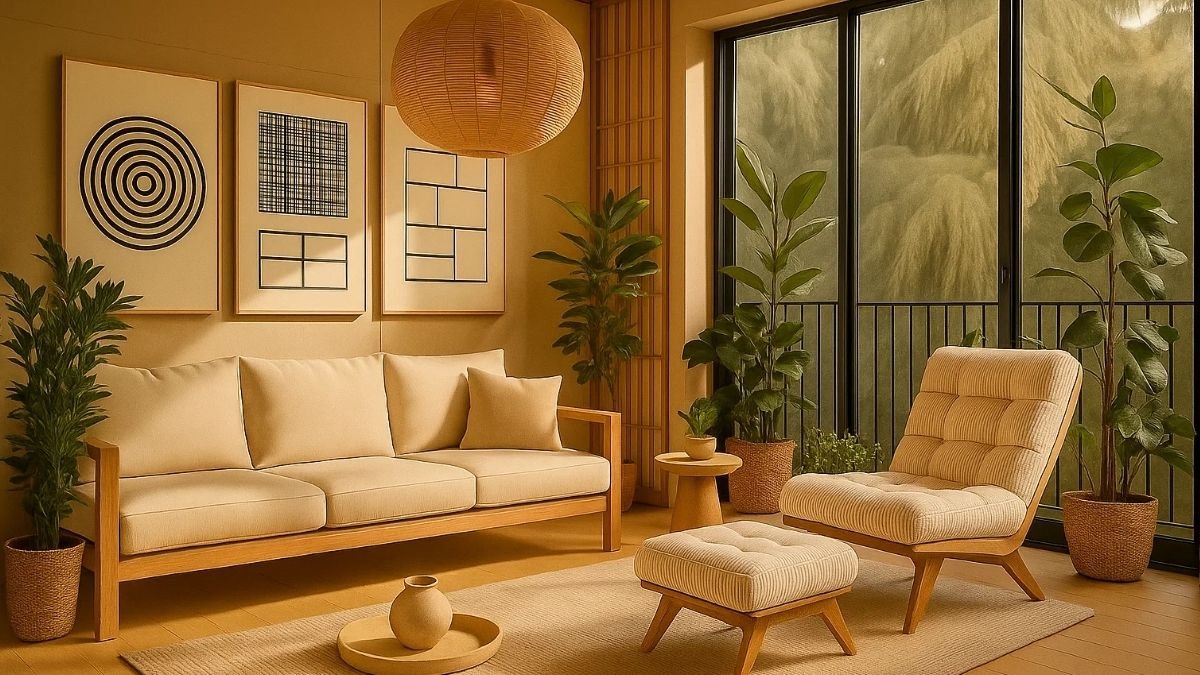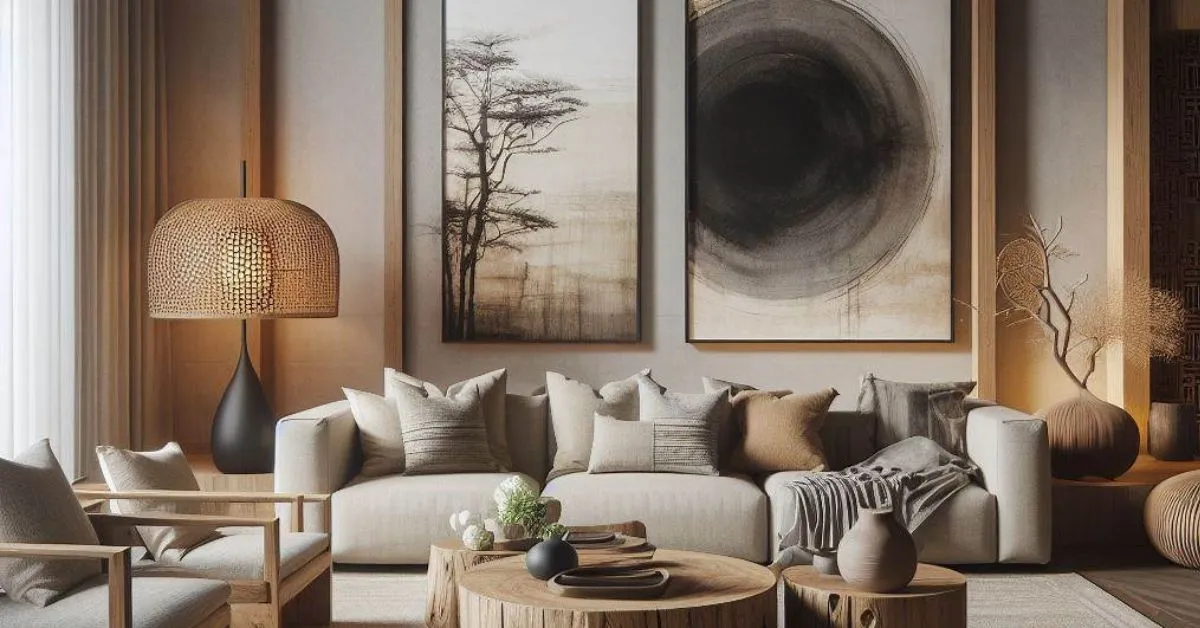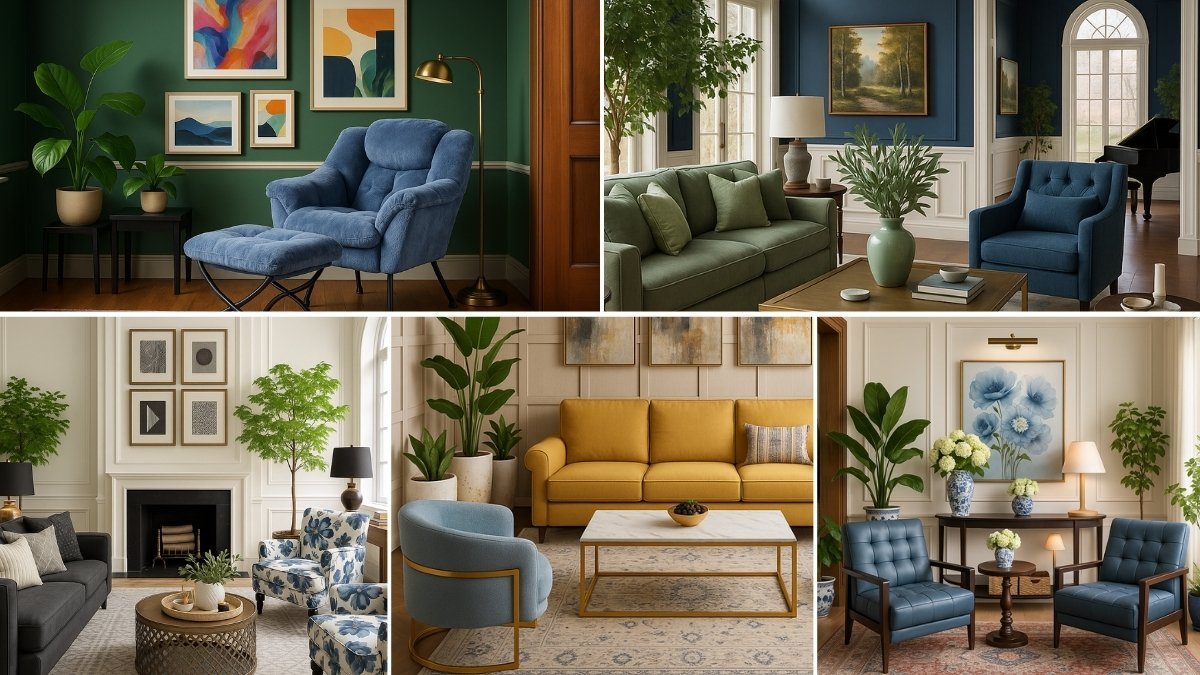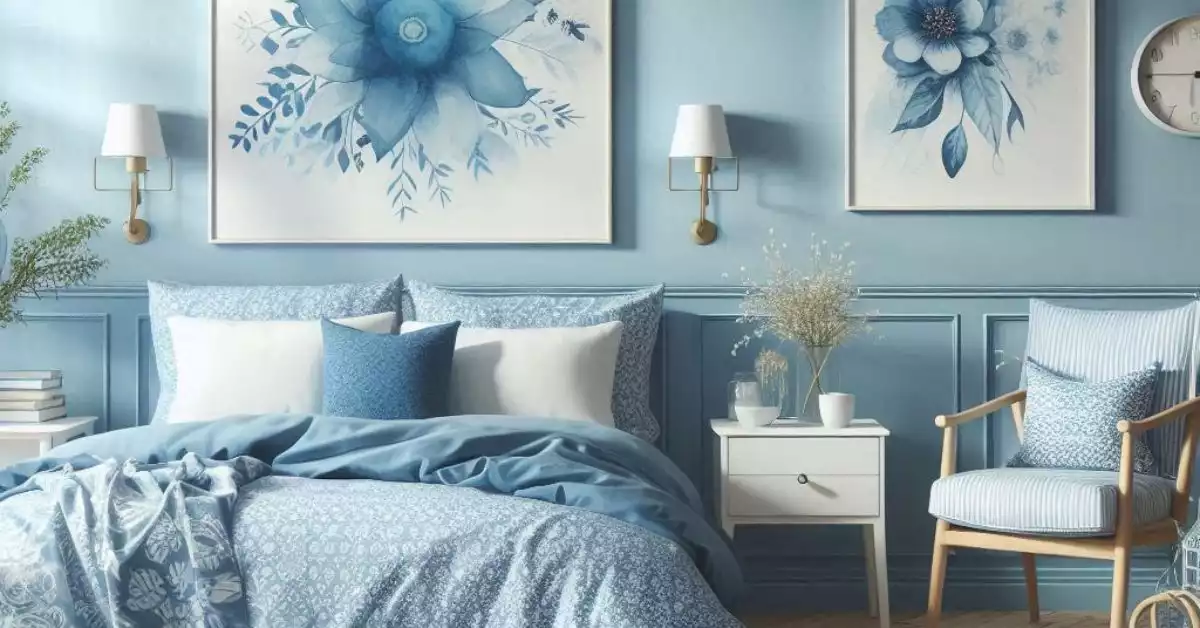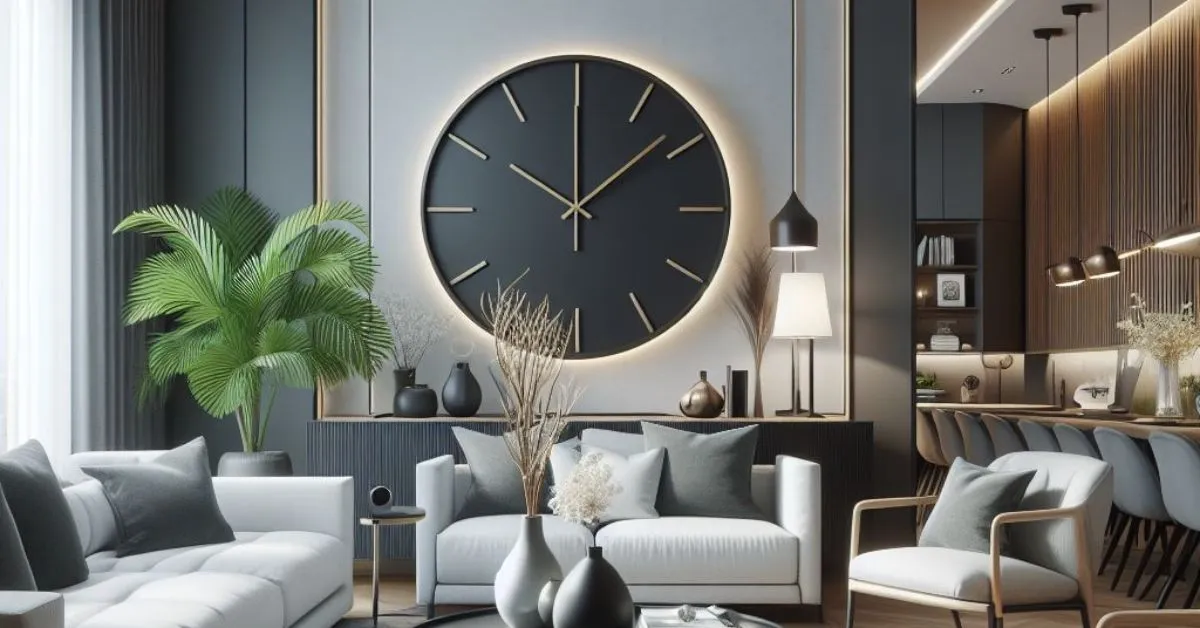Flooring Options for Your Home: Choosing the Right One for Your Needs
Flooring is one of the biggest design and comfort decisions you’ll make for your home. The right choice depends on how you live, your budget, your climate, and how much maintenance you’re willing to do.
Here’s a guide to the most popular flooring options, ranked from most commonly used to specialty or niche choices.
Other Favorites from Our Readers –
- 8 Paint Colors to Boost Productivity When Working from Home
- How to Choose Wall Paint Colors—Before You Regret That First Coat!
- How to Redecorate Your Home with things You Already Have
1. Luxury Vinyl Plank (LVP) & Luxury Vinyl Tile (LVT)
Among the most versatile flooring options for your home, luxury vinyl is waterproof, pet-friendly, and tough against scratches. Rigid Core/SPC adds dent resistance and stability, making it ideal for basements, kitchens, and busy family zones while keeping style intact.
Within this category, SPC (Stone Plastic Composite)—also marketed as Rigid Core Vinyl—is the most durable option, featuring a limestone core for extra stability and dent resistance.
Best Suited For: Kitchens, living rooms, basements, bathrooms, and entryways.
Pros:
- Fully waterproof, perfect for spill-prone spaces.
- Scratch- and dent-resistant—ideal for pets and kids.
- Softer and warmer underfoot than tile.
- Budget-friendly with a high-end look.
Cons:
- Lower-end products may look less authentic.
- Cannot be refinished—damaged planks must be replaced.
Dont miss out on this related post: Everything You Need to Know about SPC Flooring
2. Hardwood Flooring
One of the most timeless flooring options for your home, hardwood brings warmth, elegance, and lasting value. It can be refinished multiple times and works best in low-moisture areas like living rooms, dining rooms, and bedrooms.
This flooring is still considered the gold standard for resale value, hardwood offers warmth, timeless beauty, and a long lifespan if maintained.
Best Suited For: Living rooms, dining rooms, and bedrooms.
Pros:
- Can last decades with refinishing.
- Adds value and classic appeal.
- Wide variety of species, stains, and finishes.
Cons:
- Prone to scratches and moisture damage.
- Higher upfront cost than many options.
- Requires regular care in busy homes.
3. Engineered Hardwood
Engineered hardwood offers the look of solid wood with more stability, making it a practical flooring option for your home in climates with seasonal humidity changes. It installs well over concrete and is perfect for living spaces and bedrooms.
Best Suited For: Living spaces, bedrooms, and even some basements with low moisture.
Pros:
- Real wood surface with better humidity resistance.
- Can be installed over concrete.
- Often easier to install than solid hardwood.
Cons:
- Limited refinishing potential.
- Still vulnerable to standing water.
4. Laminate Flooring
Laminate is a budget-friendly yet stylish flooring option for your home, offering scratch resistance and a convincing wood or patterned look. It’s ideal for bedrooms, home offices, and high-traffic living areas without moisture exposure.
Best Suited For: Living rooms, bedrooms, and home offices.
Pros:
- Affordable with realistic wood visuals.
- Scratch-resistant—good for pets.
- DIY-friendly click-lock installation.
Cons:
- Not waterproof (unless specially designed).
- Cannot be refinished—replacement is needed if damaged.
5. Carpet
Carpet is a cozy and comfortable flooring option for your home, providing warmth and sound absorption. Perfect for bedrooms and family rooms, it’s available in a wide range of colors and textures to suit any style. It is loved for comfort, warmth, and noise reduction, carpet is most often used in bedrooms and family rooms.
Best Suited For: Bedrooms, family rooms, and basements (with proper moisture control).
Pros:
- Soft and warm underfoot.
- Helps insulate sound.
- Wide range of styles and colors.
Cons:
- Stains and wears faster than hard flooring.
- Can trap allergens and odors.
- Requires frequent cleaning.
6. Ceramic & Porcelain Tile
Ceramic and porcelain tile are durable, water-resistant flooring options for your home, perfect for bathrooms, kitchens, and entryways. With endless styles available, they offer both practicality and design flexibility.
Best Suited For: Bathrooms, kitchens, laundry rooms, and entryways.
Pros:
- Water- and stain-resistant.
- Extremely durable and easy to clean.
- Available in countless designs.
Cons:
- Cold and hard underfoot (heated floors help).
- Can be slippery when wet.
- Professional installation needed.
7. Natural Stone (Marble, Granite, Slate, Travertine)
Natural stone delivers unique, high-end flooring options for your home, with each tile offering its own one-of-a-kind pattern. Best for entryways, bathrooms, and feature areas where luxury is a priority.
Best Suited For: High-end bathrooms, entryways, and feature spaces.
Pros:
- Unique, natural patterns.
- Very durable with proper sealing.
- Adds high-end value to the home.
Cons:
- Expensive material and installation.
- Requires sealing and maintenance.
- Cold and hard underfoot.
8. Bamboo Flooring
Bamboo is an eco-friendly and stylish flooring option for your home, offering a unique grain pattern and natural warmth. Best for living areas and bedrooms where moisture is minimal.
Best Suited For: Living rooms, bedrooms, and offices.
Pros:
- Sustainable and renewable.
- Similar durability to hardwood.
- Modern, natural look.
Cons:
- Sensitive to moisture.
- Can scratch more easily than some hardwoods.
Quick Room-by-Room Recommendations
- Kitchen: Luxury Vinyl Plank or Tile, Ceramic/Porcelain Tile.
- Bathroom: Porcelain Tile, Natural Stone (sealed), LVT.
- Living Room: Hardwood, Engineered Hardwood, Luxury Vinyl.
- Bedroom: Hardwood, Carpet, Engineered Hardwood.
- Basement: Luxury Vinyl, Engineered Hardwood, Carpet (with moisture control).
Final Thoughts
In the U.S. and Canada, flooring choices are as much about climate and lifestyle as they are about design. Luxury vinyl and hardwood lead the market, but engineered wood, laminate, and carpet remain strong contenders depending on room function.
Your ideal flooring should match how you live now and how you plan to use your home for years to come—offering the right balance of comfort, durability, and style.
